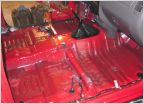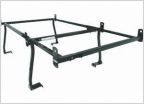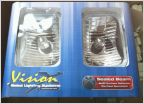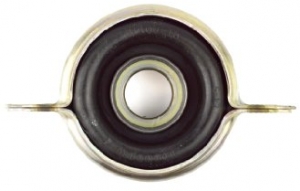-
Welcome to Tacoma World!
You are currently viewing as a guest! To get full-access, you need to register for a FREE account.
As a registered member, you’ll be able to:- Participate in all Tacoma discussion topics
- Communicate privately with other Tacoma owners from around the world
- Post your own photos in our Members Gallery
- Access all special features of the site
Feeler for Dash LED mod 2.0
Discussion in '1st Gen. Tacomas (1995-2004)' started by vtrguy, Jul 22, 2015.


 Anyone ever remove the interior from the back???
Anyone ever remove the interior from the back??? Carpenters?
Carpenters? Tent mount
Tent mount Stock bumper and hitch shackle.
Stock bumper and hitch shackle. Sealed Beam Replacement headlights... what the hell did I buy? Help
Sealed Beam Replacement headlights... what the hell did I buy? Help









































































